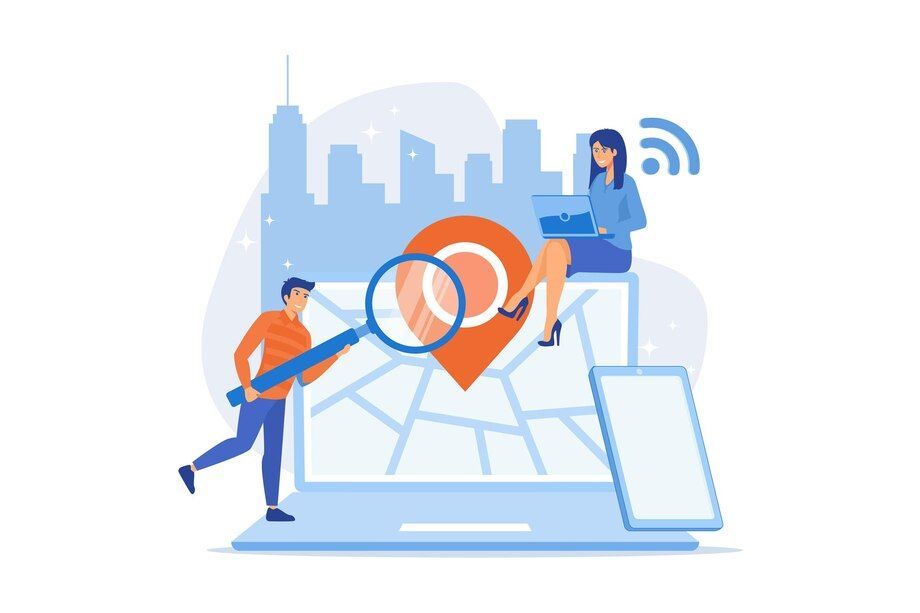What is a Gig Agency and Why Will It Change Your Business?
Scott McIntosh • December 22, 2020
What if we told you that you could get all of your marketing needs taken care of in one place?

What if you could get…
- A landing page, written by a copywriter whose writing consistently makes sales skyrocket
- A website, built by a developer who works exclusively with businesses in your industry
- A logo, designed by a niche graphic designer who specializes in the exact designs you like
- An ad campaign, created by a Master of Digital Marketing who has scaled dozens of businesses similar to yours by finding a perfect target audience who is ready to buy
Think about it: every logo, blog, landing page, email sequence, social media post, ad campaign…any “marketing” at all — done for you by industry experts who actually get what your business is doing.
…Oh — and for a fraction of the cost.
Sounds too good to be true, right?
Wrong.
That’s exactly what you’ll get when you work with a Gig Agency — the newest agency model that’s disrupting the world of digital marketing as we know it.
So…what is a Gig Agency?
A Gig Agency combines the simplicity of a typical marketing agency and the expertise of freelancers, so you have high-quality work without all the agency overhead or freelancer follow-up. Here’s how it works…
1. Meet your digital strategist
The first step to working with a Gig Agency is to meet your digital strategist. Rather than having a team of marketers, a Gig Agency has an internal team that works with your account.
The digital strategists are the only employees who actually work at the Gig Agency, so overhead at the agency is low. But that doesn’t mean the work quality is low. The agency uses its pre-selected network of high-quality niche freelancers and specialists to create, code, write and design your digital marketing assets.
You’ll save time when you work with a digital strategist at a Gig Agency because you only have one person to communicate with who takes care of all of your needs. And you’ll save money because you’re not footing a traditional agency’s high overhead bill (because there isn’t one!)
2. Offload your marketing needs
Your business has a lot of marketing needs. And when you try to manage them all on your own it gets…tiring.
When you work with a Gig Agency, you can offload your marketing needs - regardless of how “all over the place” they feel.
Need a blog post, a social media strategy, an ad campaign, and a branding package? Your digital strategist will find the right people to work on your account and take care of all your marketing needs.
When you don’t have to worry about marketing details and connecting the dots on your projects, you’ll be freed up to work on big-picture parts of your business instead. You can finally think about strategy, your next hires, your new product, and all the reasons you started your business in the first place.
3. Keep up with the changing needs of your business
Your business’s marketing needs can change on a dime, and sometimes it can be hard to keep up. One month, you’re looking at a complete website overhaul and the next you just need a few blog posts.
The problem is, conventional marketing agencies have standard retainers you have to work within, so you’re not able to scale up or down as needed. But with a Gig Agency, you’re not bound to some cookie-cutter model. Instead, the Gig Agency will work with you to meet your specific business needs in real time.
All of this is possible because Gig Agencies don’t have long-term contracts. Instead, all services are a la carte. So, if you need full-scale marketing one month and supplemental engagement the next, it’s no problem for the Gig Agency. Your digital strategist will bring in the right, specialized experts to work on as much (or as little) as your account needs whenever you need it.
Could a Gig Agency really help you grow your business?
We think it can.
Imagine making one phone call and never having to think about marketing for your business ever again. That’s the reality of working with a Gig Agency.
Digital Treehouse is the pioneer in this emerging agency model, and when you work with us, you’ll never want to go back to the way it used to be.
Don’t believe us? Give the Gig Agency model a try. We dare you.
Contact us for a FREE 1- minute consultation on how our Gig agency model can help you.

SHARE ARTICLE
Schedule Your FREE 15-Minute Consultation
oUR rECENT bLOGS

In the ever-evolving digital landscape, 2025 marks a pivotal year for precision marketing. As consumers demand more personalized experiences, businesses must adapt by leveraging advanced technologies like geofencing and behavioral targeting. At DigitalTreehouse , a leading website development and marketing service company based in Franklin, TN, we specialize in crafting data-driven strategies that deliver measurable results. This comprehensive guide explores how these cutting-edge tools can revolutionize your marketing efforts.







